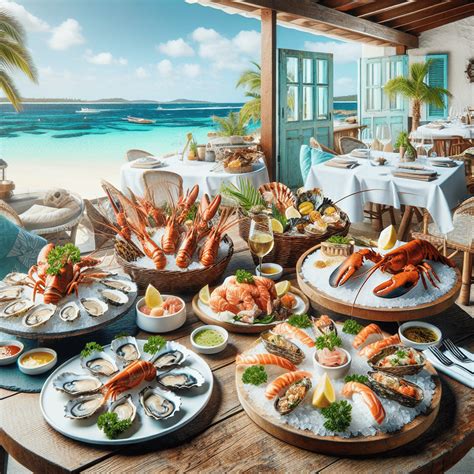The vibrant streets of Mexico come alive with a kaleidoscope of colors, sounds, and aromas as the Dia De Los Muertos celebration commences. This ancient festival, honoring the dearly departed, is a testament to the country’s rich cultural heritage and its people’s profound respect for their ancestors. As the sun sets on October 31st, the atmosphere begins to shift, and the towns are bathed in a warm, golden light, signaling the start of this extraordinary celebration.
At the heart of Dia De Los Muertos lies the belief that the souls of the deceased return to earth to visit their loved ones. Families prepare for this momentous occasion by constructing elaborate altars, adorned with an array of offerings, including photographs, favorite foods, drinks, and trinkets. The air is filled with the sweet scent of marigolds, copal incense, and the soft glow of candles, which serve as beacons, guiding the spirits back home. As the night wears on, the sound of laughter, music, and sizzling food wafts through the streets, creating an unmistakable sense of joy and community.
One of the most striking aspects of Dia De Los Muertos is the vibrant artwork that accompanies the celebration. Colorful papier-mâché skeletons, known as “calaveras,” are painstakingly crafted to depict various aspects of everyday life, from musicians and dancers to chefs and athletes. These whimsical creations are meant to poke fun at the concept of death, reminding us that, even in the afterlife, there is still room for humor and playfulness. The iconic sugar skulls, decorated with intricate designs and bright hues, are another hallmark of the festival, serving as a poignant reminder of the beauty and fragility of life.
As the festivities unfold, families gather around the altars, sharing stories and memories of their loved ones. The atmosphere is filled with a deep sense of nostalgia, as the living reconnect with the dead, and the past merges with the present. It is a time for healing, reflection, and celebration, as the community comes together to honor the cycle of life and death. In this unique and captivating culture, death is not seen as an ending, but rather as a transformation, a transition to a new stage of existence, where the soul continues to evolve and grow.
The historical roots of Dia De Los Muertos date back to the time of the Aztecs, who believed that the souls of the deceased would return to earth during the month of August. The festival was later influenced by the Catholic traditions of All Saints’ Eve and All Souls’ Day, which were introduced by Spanish conquistadors. Over time, the celebration evolved, incorporating elements from both cultures, resulting in the distinctive and captivating holiday we know today.
In modern times, Dia De Los Muertos has gained popularity worldwide, with people from diverse backgrounds embracing the festival’s message of love, respect, and remembrance. The celebration has also inspired a wide range of artistic expressions, from film and literature to music and visual arts. The iconic imagery and symbolism of Dia De Los Muertos have been referenced in works such as Disney’s “Coco” and James Bond’s “Spectre,” introducing the festival to a broader audience and cementing its place in popular culture.
As the night wears on, and the festivities reach their peak, the towns are filled with a sense of wonder and enchantment. The boundaries between the living and the dead are blurred, and the air is charged with an almost palpable energy. It is a time for connection, for storytelling, and for honoring the memories of those who have come before us. In the end, Dia De Los Muertos is a powerful reminder that, even in death, there is still beauty, still love, and still life.
What is the significance of marigolds in Dia De Los Muertos?
+Marigolds, also known as "zempasúchil," are a symbol of the sun and are believed to guide the spirits back to their altars. Their strong, pungent scent and vibrant orange color make them an essential component of the celebration.
How do families prepare for Dia De Los Muertos?
+Families prepare for Dia De Los Muertos by constructing elaborate altars, adorned with photographs, favorite foods, drinks, and trinkets of their loved ones. They also clean and decorate their homes, and often hold feasts and parties to honor the deceased.
What is the meaning behind the sugar skulls?
+The sugar skulls, or "alfeñiques," are a symbol of the festival and are meant to represent the cycle of life and death. They are often decorated with intricate designs and bright colors, and are given as gifts or used to adorn the altars.
How has Dia De Los Muertos evolved over time?
+Dia De Los Muertos has evolved over time, incorporating elements from both the Aztec and Catholic traditions. The festival has also been influenced by modern culture, with the incorporation of new artistic expressions and technological advancements.
In conclusion, Dia De Los Muertos is a celebration that embodies the essence of Mexican culture, with its rich history, vibrant traditions, and deep sense of respect for the deceased. As we continue to learn and appreciate this unique festival, we are reminded of the importance of honoring our loved ones, and the significance of the cycle of life and death. Whether you are a part of the Mexican community or simply an admirer of this captivating culture, Dia De Los Muertos is an experience that will leave you with a lasting sense of wonder and awe.



